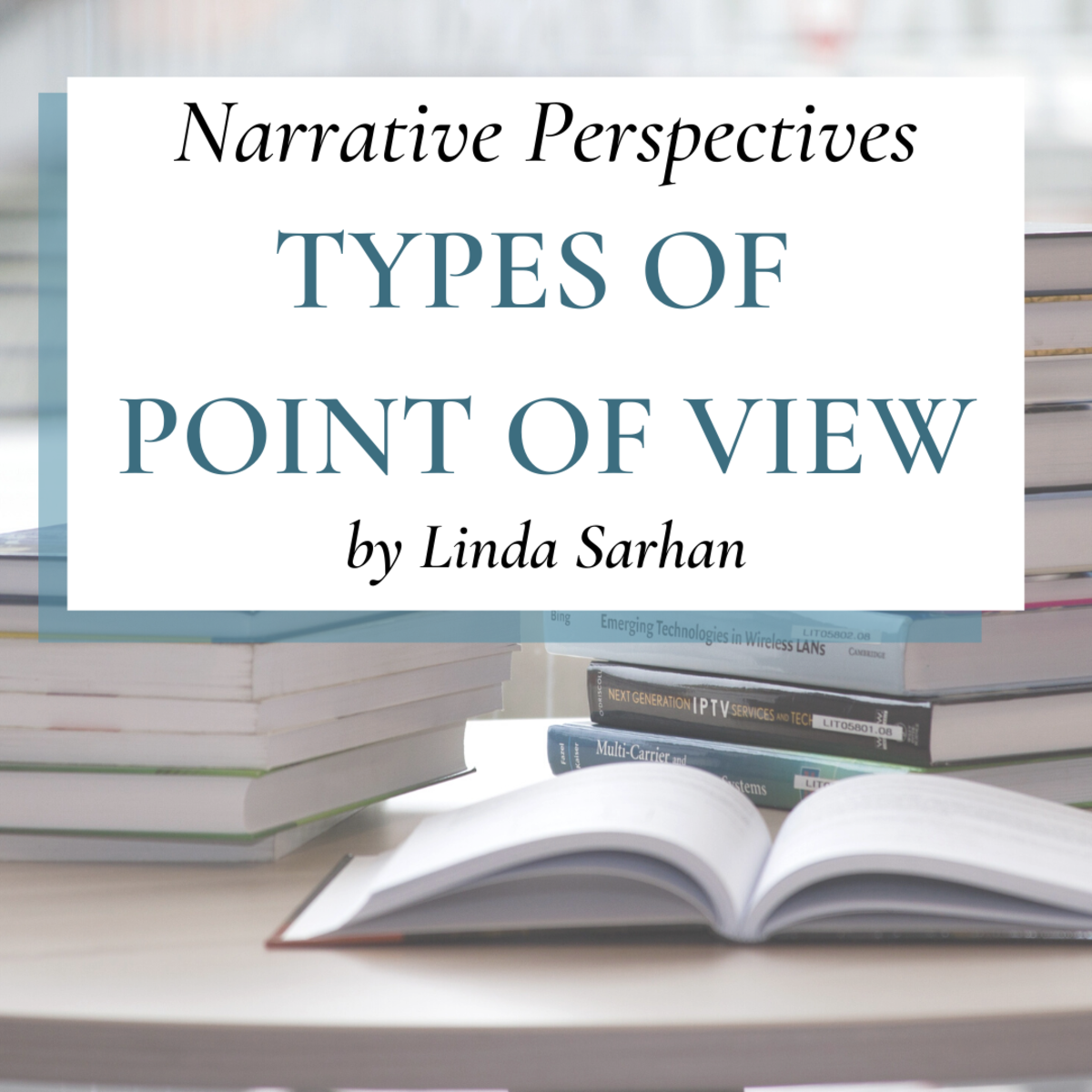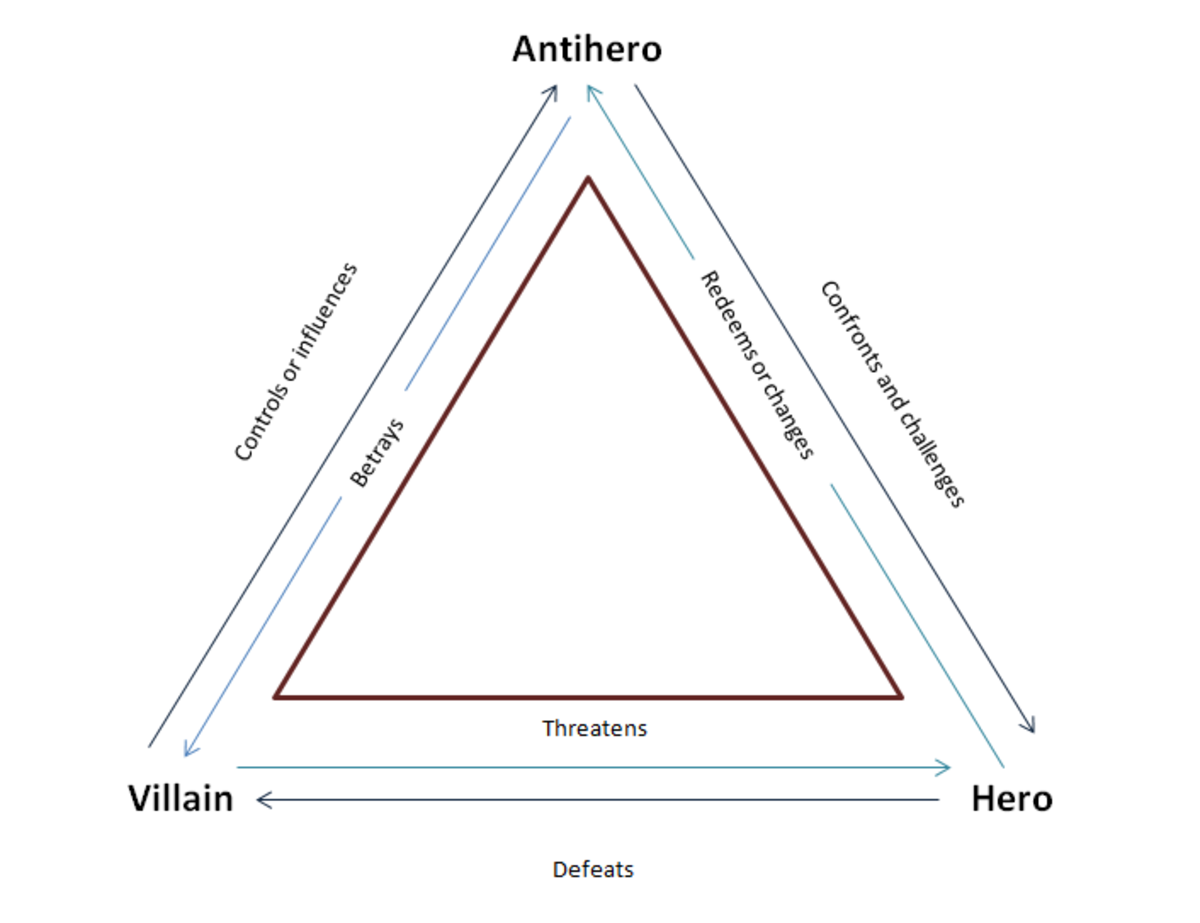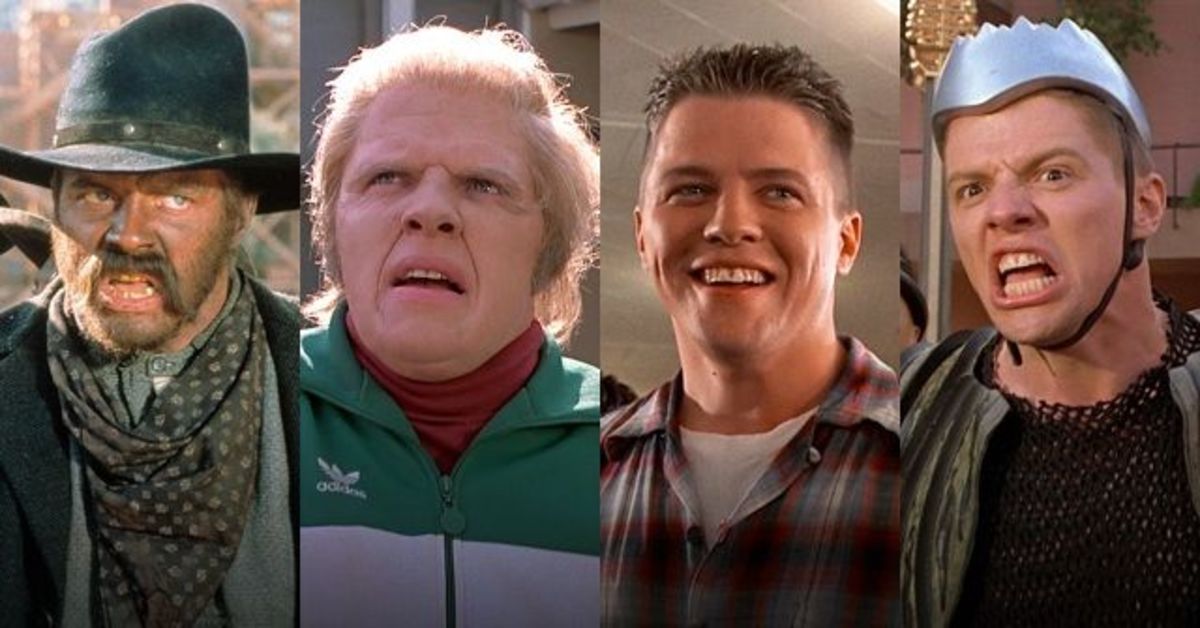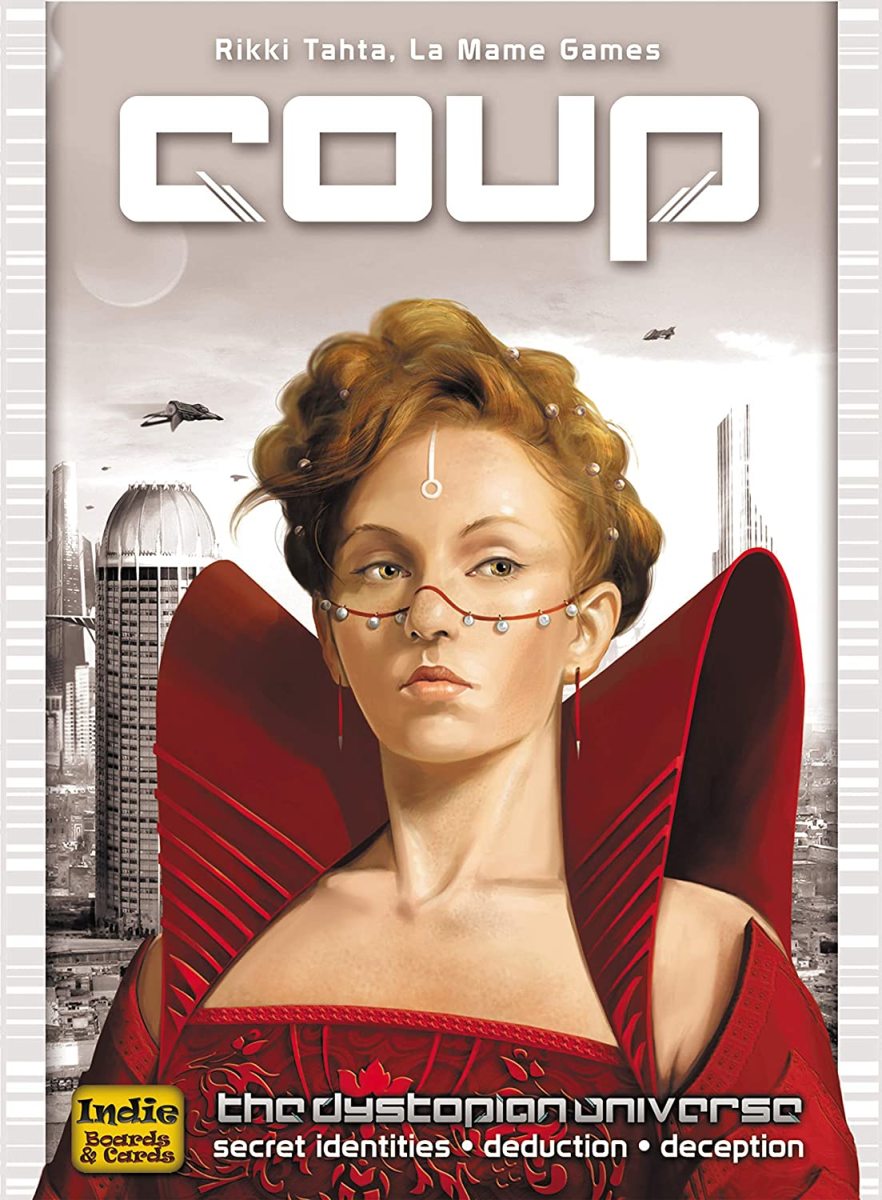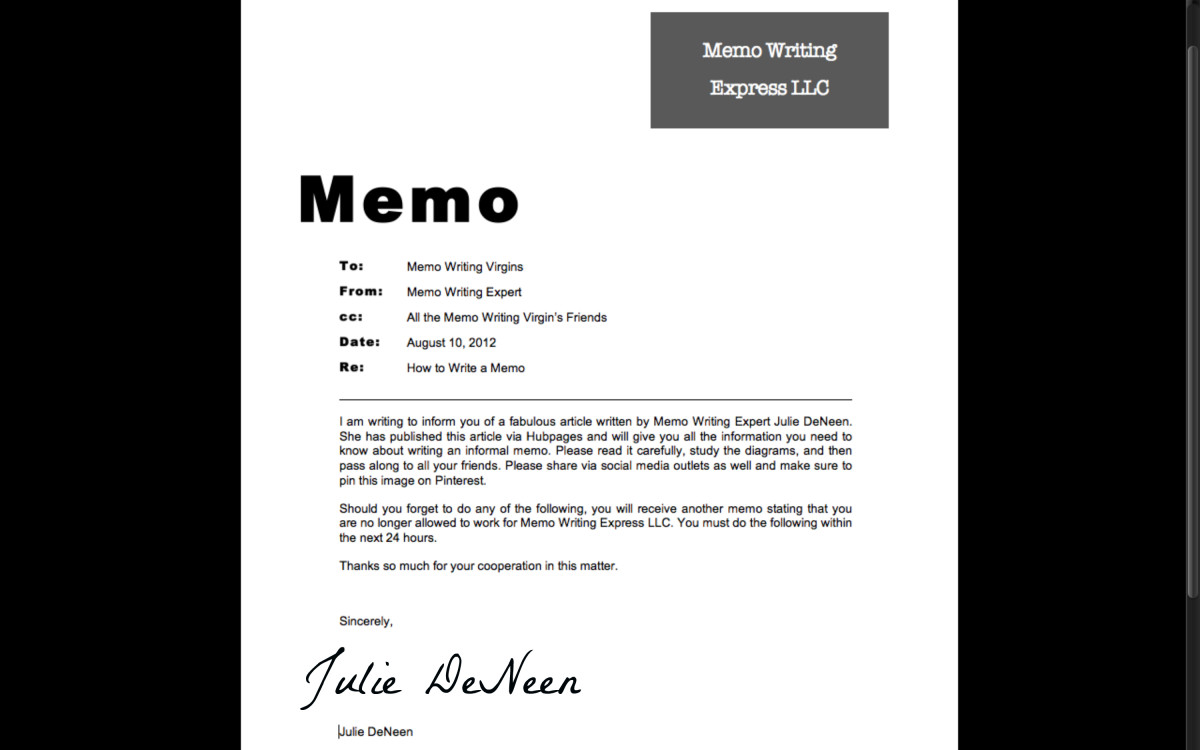4 Types of Personalities in a Typical, Bestseller Film Script
Literature is a writer’s medium for expression of emotions, experiences and private thoughts.
Although the written art being personal, it transcends from the pages onto a cultural trend and its affect is seen on generations to come.
Similarly in films and different kinds of video production such as T.V. soap, online fiction web series or any other, the story involved is the expression of the screen-writer or the script-writer.
The viewer does need more than just the truthfulness of the script-writer to connect with story that is being told.
Here come the stars of the story, the ‘characters’.

Characters
The characters of the story are the bridge and the very vehicle that the viewer uses to step in and travel inside the city of the story. They become the essence of the emotions and ideas on which the tale breathes.

Why and How Do Characters Work?
Characters work and connect to the audiences through their distinguished and simple personalities. These personalities attract people with particular interests, experiences and emotions which work as an instigation towards entertainment.
Our acceptance towards such characters on its pure terms is merely subjective. However, these characters are designed in a way to attract a larger group of viewers with a more generalised approach.
Different Characters and their Character Traits
A fiction story has a definite set of characters with each having their own unique set of traits.
1. The Protagonist
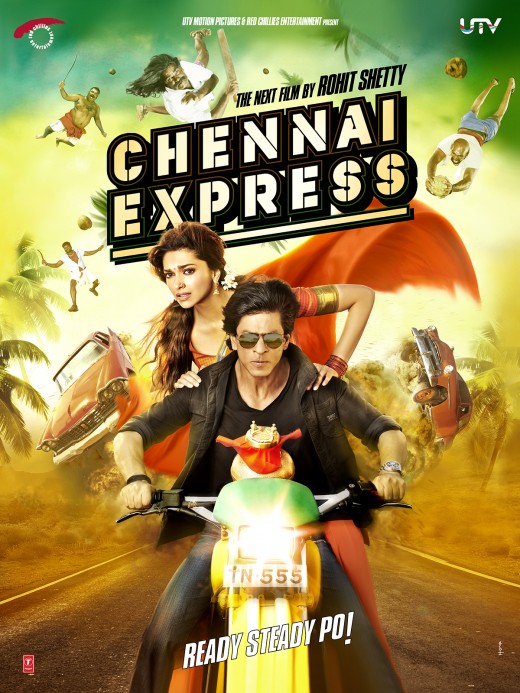
Every story has a primary character on which the story revolves around.
“A ‘hero’ is the personification of contemporary morality and aspiration.” – Javed Akhtar.
At the very threshold of the story stands an optimistic structure who is produced by the god-like dreams of the regular or the general viewer. He or she fits the story like a glove or even vice-versa.
The emotional connection towards this character is designed for ‘easy sympathy’ and ‘comforting friendliness’. Through these traits, the audience as a group and as individuals are easily acquainted with the protagonist of the story.
With sympathy, also factors of idolism and favouritism are important. A connection of the viewer and the protagonists isn’t made when the former doesn’t feel productive of the act. Such productivity is instilled in the form of idolized traits like bravery, honesty, strength-both physical and emotional and quite often rebelliousness.
2. The Antagonist
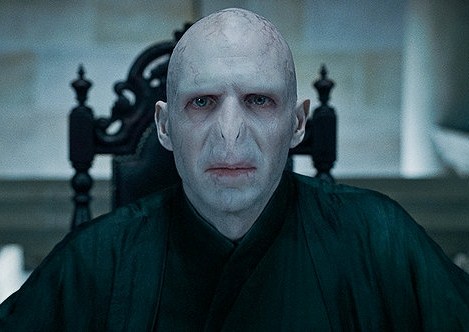
A polar opposite and yet quite the mirror image of the protagonist is the ‘antagonist’.
There are many differences and similarities between the two, yet both are on either side of the debate and not on the same (at a given time).
An antagonist is a protagonist plus more. The whole idea of hatred (or mere strong levels of dislike) towards an individual or a group is not ignited until there is a factor of envy. It is only when the character is either in power or possession of a metaphorical title or a physical piece of pride, the individual is termed as an antagonist.
This object or a title of pride, drives the underdog or the protagonist for a storied conquest igniting emotional connect and entertaining interest from the audience.
3. Support
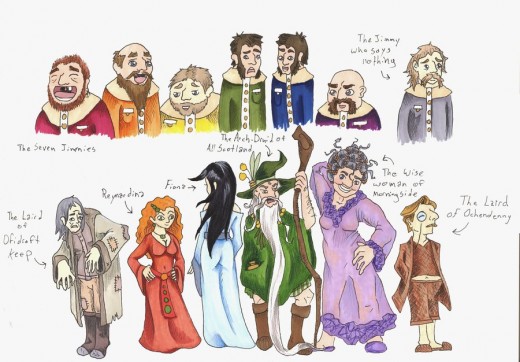
With the conscious attention to the storyline of the protagonist’s conquest for the antagonist’s pride object, often the two cannot provide constant interest. For this, there can be many elements of support added, such as:
a) Supporting Character

Side characters to the protagonist and the antagonist fitted in the timeline and the life of each adding depth to the quality of storyline emotion. With such characters, the viewer is treated with a greater roster that broadens the timeline and brings a third eye view to the tale of the two main characters. Often these are characters are either humorous, mentors, friends or family or lastly romantic relations. The latter being the most popular one’s, add the heaviest emotional layer for either of the two (protagonist or antagonist). This helps in humanising the primary characters with vulnerable aspects-something or someone they cannot afford to lose.
b) Supporting Scenery

Many a times ignored, the landscape, scenery or a location add psychological and emotional depth to the storyline and its primary characters as much as any supporting cast does. Nature’s elements-fire, earth, air and water all represent a certain emotion. These emotions act only how they are represented in the storyline as each one can act as a productive or constructive element or a destructive and an unproductive one.
Earth represents foundation, animal instincts and depression or the sensation of loneliness. Water represents sadness, joy or peace. Air represents life, intellect or silence. Fire represents destruction while at the same time it can show anger or passion for a character. These elements of scenery add to the character support.
c) Minor
Some elements to the storyline are not as important as the primary or the supportive ones, yet they do make a strong psychological impression on the story through their minor details. There are two kinds of minor characters:
c.1. Crowd Characters

People that fill the environment in an effort to add legitimacy to the scenario, such as vehicular traffic, indoor or outdoor crowds and other kinds such as guards, servants and drivers in a particular scene.
c.2. Non-responsive or Non-communicative Personalities
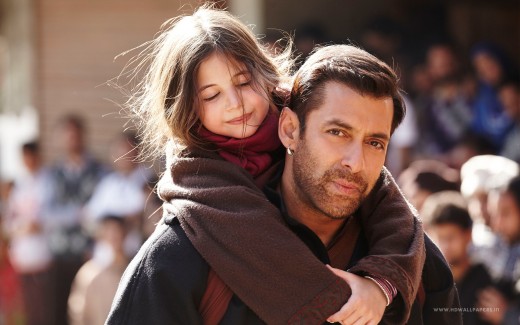
These are the kind of characters that indirectly affect the storyline. They are much more import than any characters in a crowd as they direct or indirect communication with the primary or secondary characters in situations that are productive for the storyline. Example: A character killed by the antagonist which instigates the protagonist in his conquest.
4. Audience
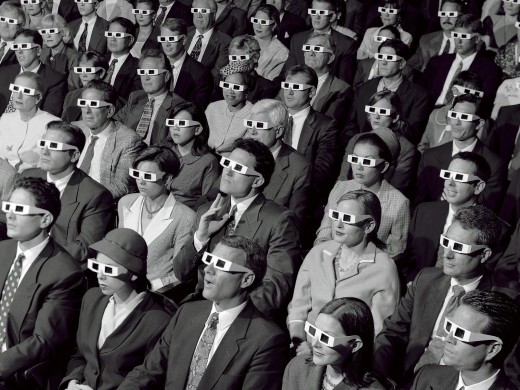
Lastly, the most consciously obscure characters that affect the story are the viewers as a whole and as individuals. Their presence is such that many a times the whole storyline is constructed according to their interests and trends. This is apparent in the storyline, characters, scenario and the production techniques (editing style to name one) that differ from generation to generation adhering to trends of the times.
This makes audience to understand, connect and relate more to the product.
Characters having their own unique slogans, catchphrases and lifestyles all too add up to their vulnerability, realism and depth.
With such character traits, a story is more easily connecting and engaging leading to its success.
© 2016 BrandBerry Marcom

